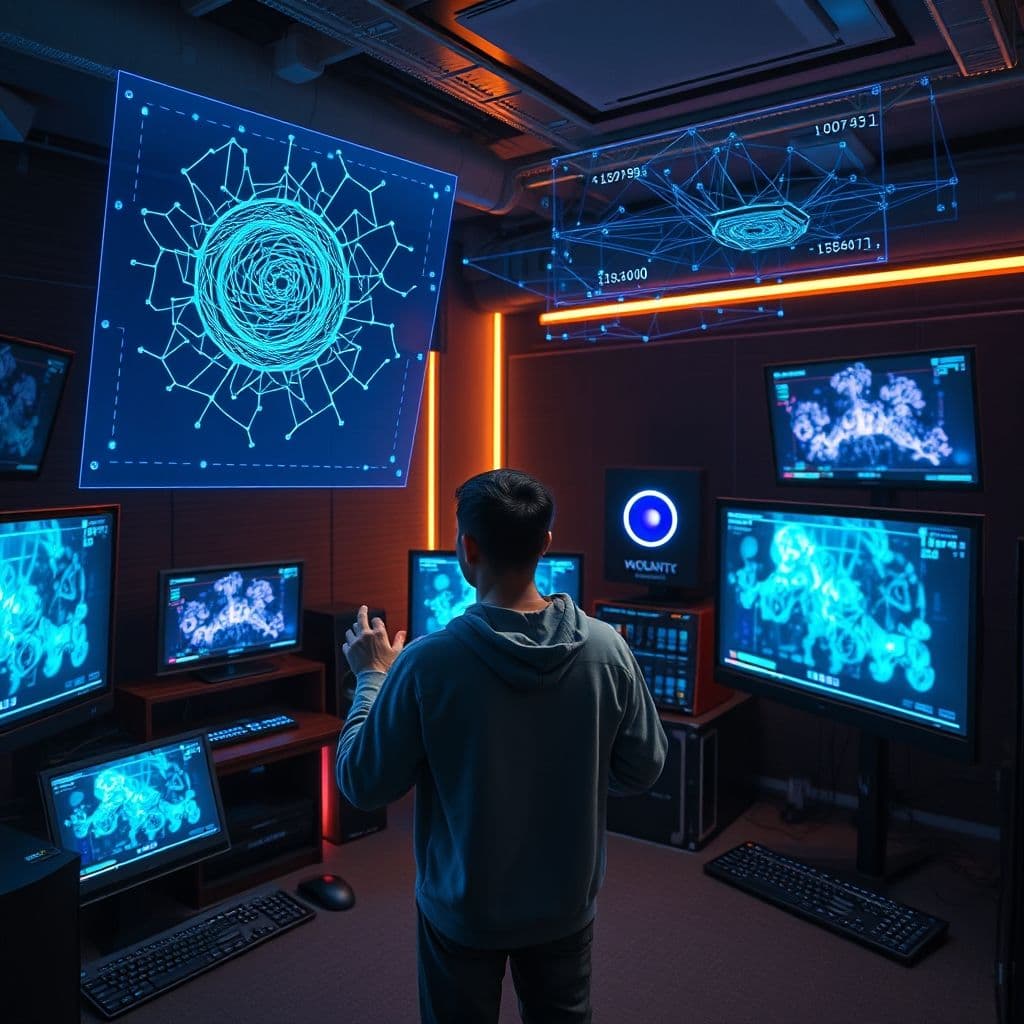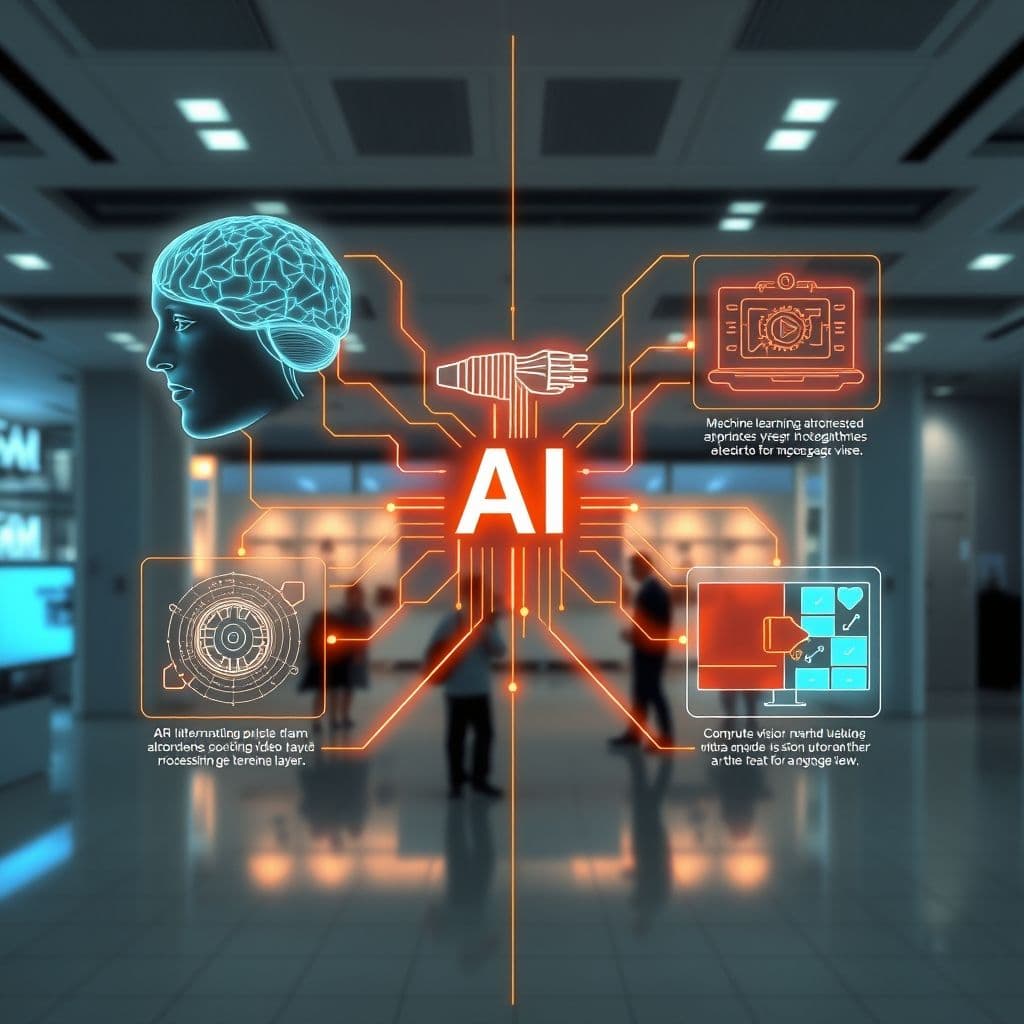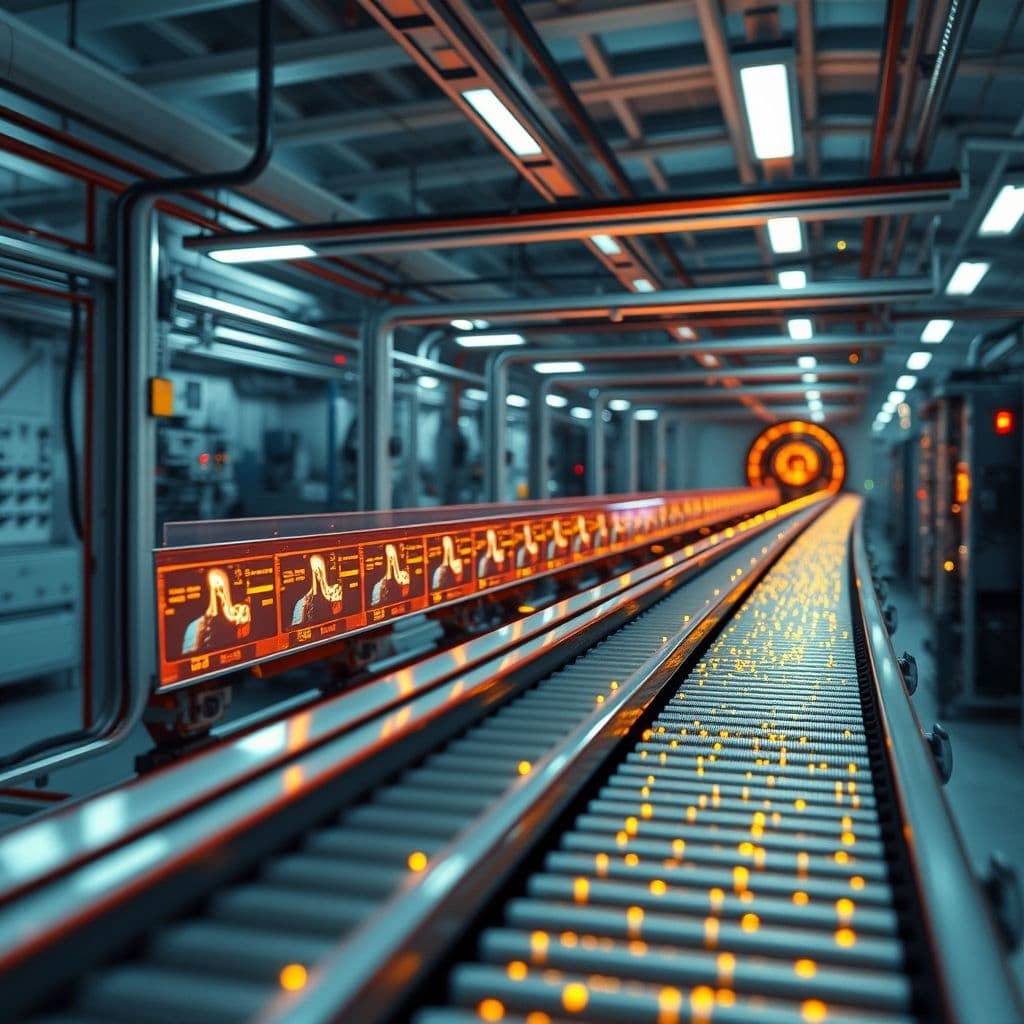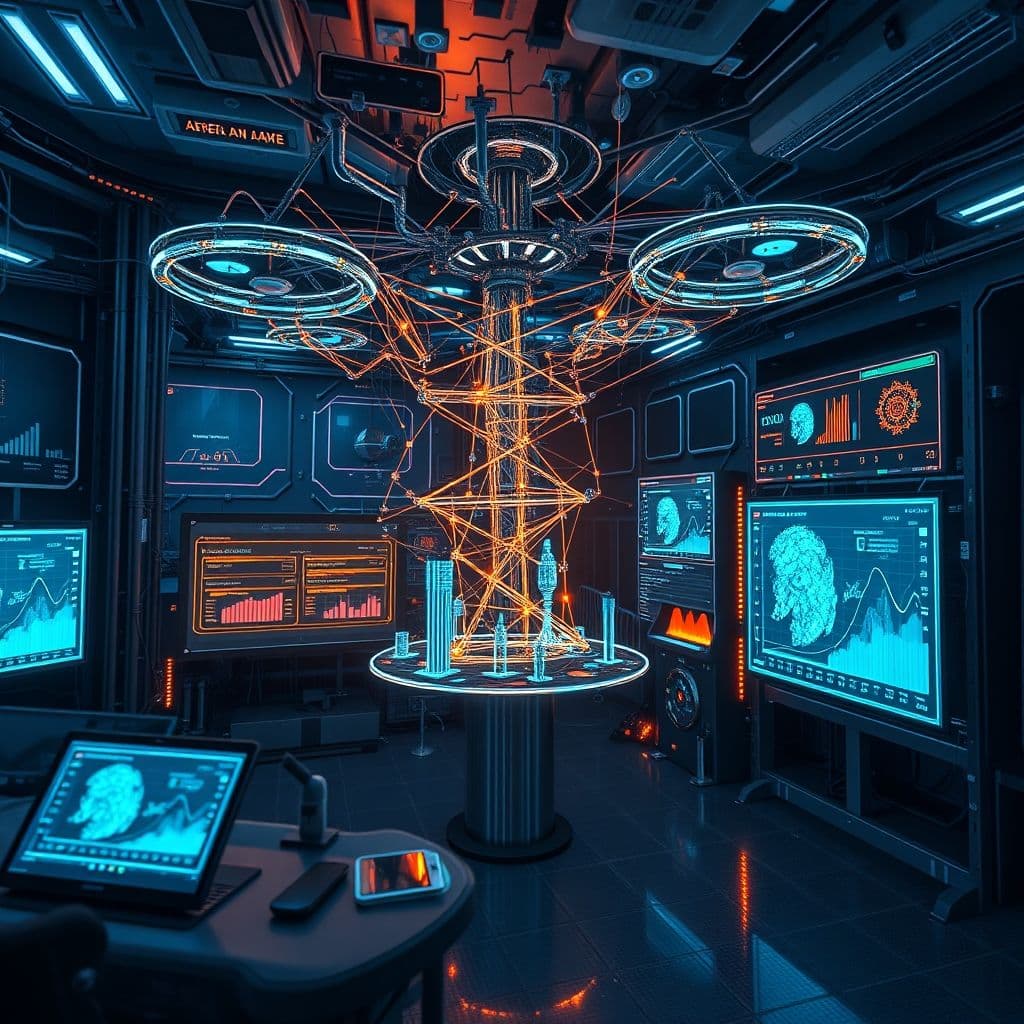Master AI-Powered Video Creation: From Fundamentals to Professional Results

The world of video creation is experiencing a revolutionary transformation. AI-powered video creation has emerged as one of the most exciting frontiers in digital content, enabling creators to produce stunning visuals, animations, and complete video experiences with unprecedented ease and creativity. Whether you're a content creator looking to streamline your workflow, a business professional seeking to enhance your marketing materials, or simply curious about the cutting-edge intersection of artificial intelligence and visual storytelling, mastering AI-powered video creation opens doors to limitless creative possibilities. This comprehensive guide will take you through the essential concepts and practical steps needed to harness the power of AI for video creation, from understanding the fundamental technologies to implementing your own AI-driven video projects. View original learning path
Fundamental Concepts: Building Your AI Knowledge Foundation
Before diving into the practical aspects of AI-powered video creation, it's crucial to understand the core technologies that make this innovation possible. At the heart of AI video creation lies Artificial Intelligence (AI) - the broad field of computer science focused on creating systems that can perform tasks typically requiring human intelligence. In video creation, AI systems can analyze visual patterns, generate new content, and even understand narrative structures to create compelling video experiences. Machine Learning, a subset of AI, enables systems to learn and improve from data without explicit programming. For video creation, this means algorithms can learn from thousands of video samples to understand composition, timing, color palettes, and visual storytelling techniques. Deep Learning takes this further by using neural networks with multiple layers to process complex visual information, much like the human brain processes images and videos. Finally, Computer Vision - the AI field focused on enabling machines to interpret and understand visual information - is what allows AI systems to analyze existing videos, recognize objects and scenes, and generate new visual content with remarkable accuracy and creativity.

Step 1: Data Collection - Gathering Your Creative Raw Materials
Data collection forms the foundation of any successful AI-powered video creation project. This step involves gathering diverse, high-quality video content, images, audio files, and metadata that will train your AI models to understand and replicate the style and quality you're aiming for. Start by identifying your specific video creation goals - are you looking to generate animated explainer videos, create realistic human avatars, or produce abstract visual art? Your objectives will determine the type of data you need to collect. For training effective AI models, you'll need substantial datasets: typically thousands of video clips, image sequences, or audio-visual pairs. Sources can include stock video libraries, your own recorded content, public datasets like YouTube-8M or Kinetics, and specialized AI training datasets. Quality trumps quantity - ensure your collected data represents the visual style, resolution, and content type you want your AI to produce. Organize your data systematically with consistent naming conventions, proper categorization, and detailed metadata including resolution, duration, content tags, and quality ratings. This methodical approach to data collection sets the stage for training AI models that can generate videos matching your creative vision.
Step 2: Data Preprocessing - Preparing Your Content for AI Training
Data preprocessing transforms your raw collected materials into a format optimized for AI model training. This critical step involves several technical processes that directly impact the quality of your final AI-generated videos. Begin with standardization - convert all video files to consistent formats, resolutions, and frame rates that match your target output specifications. Most AI video models work best with specific input dimensions, typically 256x256, 512x512, or 1024x1024 pixels for image-based models, or standardized video formats like MP4 with consistent bitrates. Next, implement data cleaning by removing corrupted files, duplicates, and low-quality content that could negatively impact model performance. Apply normalization techniques to ensure consistent lighting, color balance, and contrast across your dataset. Data augmentation is another powerful preprocessing technique - create variations of your existing data through rotation, scaling, color adjustment, and temporal modifications to increase dataset diversity without additional collection efforts. Finally, segment longer videos into training-appropriate clips, typically 2-10 seconds for most AI video generation models, and create proper train-validation-test splits to ensure reliable model evaluation during training.

Step 3: Model Selection - Choosing Your AI Video Creation Architecture
Model selection is where technical expertise meets creative vision in AI-powered video creation. The choice of AI architecture fundamentally determines what types of videos you can generate and the quality of results you can achieve. For video generation, several proven architectures dominate the field. Generative Adversarial Networks (GANs) excel at creating high-quality, realistic video content by pitting a generator network against a discriminator in a competitive training process. StyleGAN and its variants are particularly effective for character-based video generation and style transfer applications. Transformer-based models, adapted from natural language processing, show remarkable results in understanding temporal sequences and generating coherent video narratives over longer durations. Diffusion models, the technology behind tools like Stable Diffusion, have revolutionized image generation and are increasingly adapted for video applications, offering excellent control over generation parameters and style consistency. Consider your computational resources when selecting models - larger, more sophisticated architectures produce better results but require significant GPU memory and training time. Evaluate pre-trained models that you can fine-tune for your specific use case, as this approach often yields professional results with less computational overhead than training from scratch. Research current benchmarks and community implementations to identify models that align with your creative goals and technical capabilities.
Step 4: Model Training - Bringing Your AI Video Creator to Life
Model training is the culmination of your AI video creation journey, where your carefully prepared data and selected architecture combine to create a powerful video generation system. This process requires patience, technical precision, and iterative refinement to achieve professional-quality results. Begin by establishing your training environment with adequate computational resources - modern AI video models typically require high-end GPUs with substantial VRAM, often 16GB or more for complex architectures. Configure your training pipeline with appropriate hyperparameters: learning rates typically start around 0.0001-0.001 for video models, batch sizes depend on your GPU memory but commonly range from 4-32 samples, and training epochs can extend from hundreds to thousands depending on dataset size and model complexity. Monitor training progress through multiple metrics including loss curves, generated sample quality, and validation performance to identify optimal stopping points and prevent overfitting. Implement checkpointing to save model states regularly, allowing you to recover from training interruptions and compare different training stages. As training progresses, regularly generate test videos to qualitatively assess improvements in visual quality, temporal consistency, and adherence to your creative objectives. Fine-tune hyperparameters based on training results, adjusting learning rates, regularization parameters, and architecture details to optimize performance for your specific video generation goals.

Conclusion
Mastering AI-powered video creation opens unprecedented creative possibilities in our digital age. By understanding the fundamental concepts of AI, machine learning, deep learning, and computer vision, you've built a solid foundation for leveraging these technologies in video production. The systematic approach of data collection, preprocessing, model selection, and training provides a roadmap for creating AI systems that can generate stunning visual content tailored to your specific needs and creative vision. Remember that AI video creation is both an art and a science - while technical proficiency is essential, your creative vision and understanding of visual storytelling will ultimately determine the impact and quality of your generated content. As you continue your journey, stay curious about emerging techniques, engage with the AI creative community, and continuously experiment with new approaches and technologies. The field of AI-powered video creation is rapidly evolving, with new tools, techniques, and possibilities emerging regularly.
Frequently Asked Questions
- How long does it take to master AI-powered video creation?
- The learning timeline varies greatly depending on your technical background and goals. With basic programming knowledge, you can create simple AI-generated videos using existing tools within weeks. However, mastering the full pipeline from data collection to custom model training typically takes 3-6 months of dedicated practice and study.
- What are common mistakes beginners make in AI video creation?
- The most frequent beginner mistakes include: using insufficient or low-quality training data, choosing overly complex models for simple tasks, neglecting proper data preprocessing, and having unrealistic expectations about generation quality without adequate training time and computational resources.
- Do I need expensive hardware to get started with AI video creation?
- While high-end GPUs significantly accelerate training and generation, beginners can start with cloud-based platforms like Google Colab, AWS, or specialized AI services. Many pre-trained models can run on consumer GPUs, and cloud computing makes advanced AI video creation accessible without major hardware investments.





